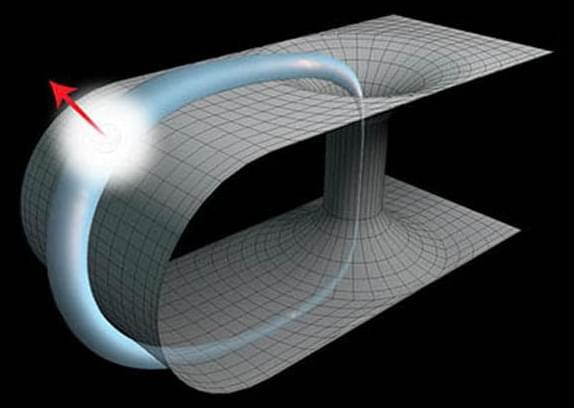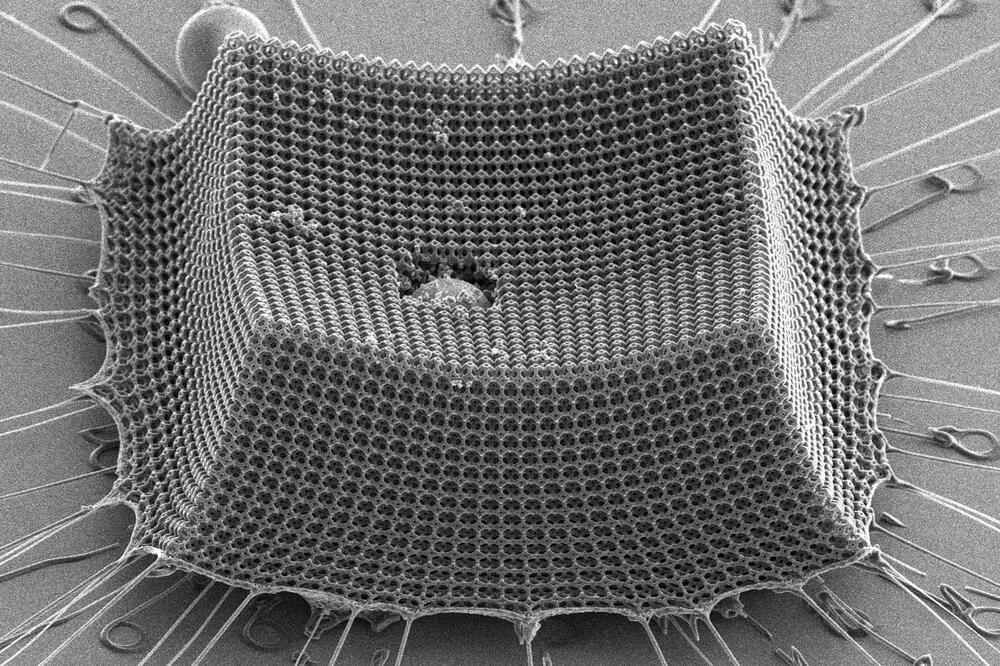As if drive-through ordering wasn’t frustrating enough already, now we might have a Siri-like AI to contend with. McDonald’s just rolled out a voice recognition system at 10 drive-throughs in Chicago, expanding from the solitary test store they launched a few years ago.
But when will it come to your neighborhood Golden Arches?
“There is a big leap between going from 10 restaurants in Chicago to 14,000 restaurants across the U.S. with an infinite number of promo permutations, menu permutations, dialect permutations, weather — I mean, on and on and on and on,” admitted McDonald’s CEO Chris Kempczinski, reports Nation’s Restaurant News.









